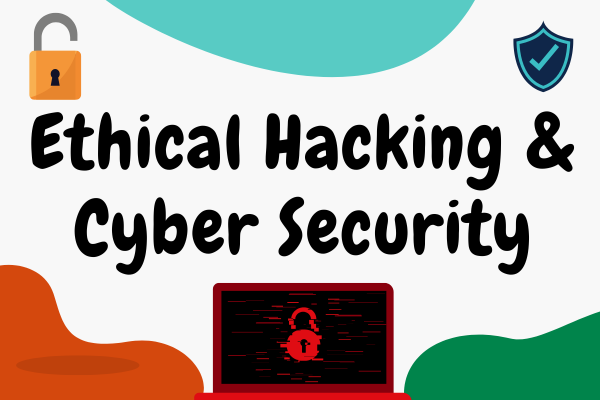
Course Content: Python Training in Jalandhar
Module 1: Introduction to Python
- Overview of Python
- Installation and Setup
- Python IDEs and Editors
- Basic Python Syntax
Module 2: Python Data Types
- Variables and Constants
- Numeric Data Types
- Strings
- Lists, Tuples, and Sets
- Dictionaries
Module 3: Control Flow Statements
- Conditional Statements (if, else, elif)
- Looping (for and while)
- Control Flow Best Practices
Module 4: Functions and Modules
- Defining Functions
- Function Arguments and Return Values
- Modules and Packages
- Scope and Lifetime of Variables
Module 5: File Handling
- Reading and Writing to Files
- File Modes and Operations
- Exception Handling
Module 6: Object-Oriented Programming (OOP)
- Introduction to OOP
- Classes and Objects
- Inheritance and Polymorphism
- Encapsulation and Abstraction
Module 7: Advanced Data Structures
- Advanced Lists and Sets Operations
- List Comprehensions
- Generators and Iterators
Module 8: Libraries and Frameworks
- Overview of Python Standard Library
- Introduction to Popular Python Libraries (e.g., NumPy, Pandas)
Module 9: Web Development with Python
- Basics of Flask/Django Framework
- Building a Simple Web Application
Module 10: Data Science and Machine Learning (Optional)
- Introduction to Data Science with Python
- Basic Machine Learning Concepts
- Overview of Popular ML Libraries (e.g., scikit-learn)
Module 11: Final Project
- Capstone Project to Apply Knowledge
Module 12: Best Practices and Coding Standards
- Code Structure and Organization
- PEP 8 Guidelines
Module 13: Debugging and Testing
- Debugging Techniques
- Unit Testing in Python
Module 14: Version Control with Git
- Introduction to Git
- Basic Git Commands
Module 15: Deployment Basics
- Basics of Deploying Python Applications
- Cloud Platforms for Python Deployment

Python Course Training Certification
Earn your certificate
Your certificate and skills are vital to the extent of jump-starting your career and giving you a chance to compete in a global space.
Share your achievement
Talk about it on Linkedin, Twitter, Facebook, boost your resume or frame it- tell your friend and colleagues about it.
Python Course Fee and Duration in Jalandhar
| Track | Regular Track | Weekend Track | Fast Track |
|---|---|---|---|
| Course Duration | 45 – 60 Days | 8 Weekends | 5 Days |
| Hours | 2 hours a day | 3 hours a day | 6+ hours a day |
| Training Mode | Live Classroom | Live Classroom | Live Classroom |
1. What are the employment opportunities available for qualified professionals after completing Python Course in Jalandhar?
- Python Developer
- Python Full Stack Web Developer
- Data Analyst
- Data Scientist
- AI Engineer
- ML Engineer
- Data Engineer
- Web Developer
- Software Developer
2. Which are some of the reputed companies that recruit professionals in Python?
- Netflix
- Dropbox
- Spotify
- NASA
- IBM
- Quora
3. What is the qualification required for Advanced Python Course in Jalandhar? Whom does it benefit?
No formal qualifications are usually required for a Python course. Basic computer literacy and an interest in programming are beneficial. These courses cater to beginners, so prior coding experience is not necessary. Motivation to learn and dedication to the course are key qualifications for success.










